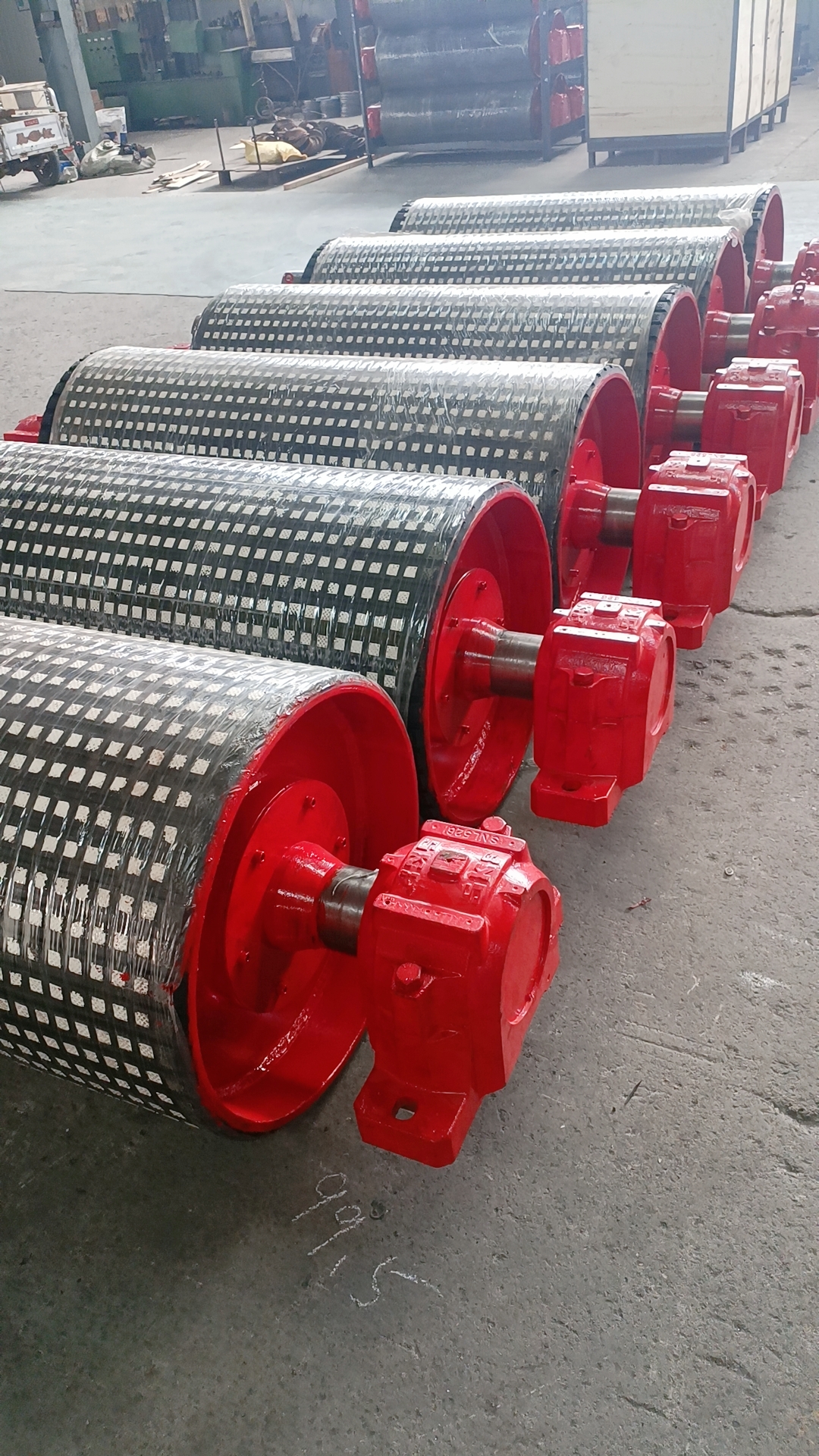 Afrikaans
Afrikaans  Albanian
Albanian  Amharic
Amharic  Arabic
Arabic  Armenian
Armenian  Azerbaijani
Azerbaijani  Basque
Basque  Belarusian
Belarusian  Bengali
Bengali  Bosnian
Bosnian  Bulgarian
Bulgarian  Catalan
Catalan  Cebuano
Cebuano  Corsican
Corsican  Croatian
Croatian  Czech
Czech  Danish
Danish  Dutch
Dutch  English
English  Esperanto
Esperanto  Estonian
Estonian  Finnish
Finnish  French
French  Frisian
Frisian  Galician
Galician  Georgian
Georgian  German
German  Greek
Greek  Gujarati
Gujarati  Haitian Creole
Haitian Creole  hausa
hausa  hawaiian
hawaiian  Hebrew
Hebrew  Hindi
Hindi  Miao
Miao  Hungarian
Hungarian  Icelandic
Icelandic  igbo
igbo  Indonesian
Indonesian  irish
irish  Italian
Italian  Japanese
Japanese  Javanese
Javanese  Kannada
Kannada  kazakh
kazakh  Khmer
Khmer  Rwandese
Rwandese  Korean
Korean  Kurdish
Kurdish  Kyrgyz
Kyrgyz  Lao
Lao  Latin
Latin  Latvian
Latvian  Lithuanian
Lithuanian  Luxembourgish
Luxembourgish  Macedonian
Macedonian  Malgashi
Malgashi  Malay
Malay  Malayalam
Malayalam  Maltese
Maltese  Maori
Maori  Marathi
Marathi  Mongolian
Mongolian  Myanmar
Myanmar  Nepali
Nepali  Norwegian
Norwegian  Norwegian
Norwegian  Occitan
Occitan  Pashto
Pashto  Persian
Persian  Polish
Polish  Portuguese
Portuguese  Punjabi
Punjabi  Romanian
Romanian  Russian
Russian  Samoan
Samoan  Scottish Gaelic
Scottish Gaelic  Serbian
Serbian  Sesotho
Sesotho  Shona
Shona  Sindhi
Sindhi  Sinhala
Sinhala  Slovak
Slovak  Slovenian
Slovenian  Somali
Somali  Spanish
Spanish  Sundanese
Sundanese  Swahili
Swahili  Swedish
Swedish  Tagalog
Tagalog  Tajik
Tajik  Tamil
Tamil  Tatar
Tatar  Telugu
Telugu  Thai
Thai  Turkish
Turkish  Turkmen
Turkmen  Ukrainian
Ukrainian  Urdu
Urdu  Uighur
Uighur  Uzbek
Uzbek  Vietnamese
Vietnamese  Welsh
Welsh  Bantu
Bantu  Yiddish
Yiddish  Yoruba
Yoruba  Zulu
Zulu types of idler in belt conveyor
Types of Idlers in Belt Conveyors
Belt conveyors are a vital component in many industries, facilitating the efficient transport of materials across varying distances. One of the key components of a belt conveyor system is the idler. Idlers are the rollers that support the conveyor belt and help maintain its alignment and tension. There are several types of idlers, each designed for specific applications and environments. This article will explore the main types of idlers used in belt conveyors, their functions, and their importance in ensuring smooth and effective conveyor operation.
1. Flat Idlers
Flat idlers are the most commonly used type in belt conveyor systems. They are designed to provide a smooth surface for the conveyor belt to ride on. Flat idlers consist of cylindrical rollers and are particularly effective in reducing friction between the belt and the idler. This type helps in supporting the belt load and maintaining its alignment, which is essential for efficient material transport.
2. Trough Idlers
Trough idlers have a distinct design featuring a series of rollers arranged at an angle, forming a trough shape. This design helps in containing bulk materials on the conveyor belt, preventing spillage and improving stability. Trough idlers are typically used in applications where bulk materials, such as coal, minerals, or grains, are being transported. They come in various configurations, including the standard trough (20°, 35°, or 45°), depending on the material's size and flow characteristics.
Return idlers are located on the return side of the conveyor belt. Their primary function is to support the belt during its return journey to the loading point. Return idlers reduce wear on the belt and help maintain tension, preventing sagging. They can be flat or rubber coated to minimize friction and extend the conveyor system's service life.
types of idler in belt conveyor

4. Impact Idlers
Impact idlers are designed to absorb the energy produced when bulk materials fall onto the conveyor belt. These idlers typically feature a rubber or cushioned surface to reduce the impact's force on the belt and idler system. Utilizing impact idlers is essential in applications where heavy loads are dropped onto the conveyor, as they help protect against damage and extend the lifespan of both the belt and the idler.
5. Self-Aligning Idlers
To maintain proper belt alignment and prevent excessive lateral movement, self-aligning idlers are deployed. These idlers have a unique design that allows them to adjust automatically according to the belt's position. By ensuring that the belt remains centered on the idlers, self-aligning idlers help minimize wear and reduce maintenance requirements.
6. Training Idlers
Similar to self-aligning idlers, training idlers are installed to assist in keeping the belt aligned. However, they are specifically designed to correct any misalignment that may occur during operation. Training idlers help maintain optimal belt performance and prevent potential operational issues, such as increased friction or wear.
Conclusion
The choice of idlers in a belt conveyor system is crucial for optimizing performance and ensuring the longevity of the system. Each type of idler serves a unique purpose, ranging from minimizing friction and impact to ensuring proper alignment. Understanding the types of idlers available and their respective applications can significantly enhance the efficiency of material handling operations, ultimately leading to reduced costs and improved productivity in various industries. Proper maintenance and selection of idlers can lead to significant improvements in conveyor system reliability and performance.
-
Revolutionizing Conveyor Reliability with Advanced Rubber Lagging PulleysNewsJul.22,2025
-
Powering Precision and Durability with Expert Manufacturers of Conveyor ComponentsNewsJul.22,2025
-
Optimizing Conveyor Systems with Advanced Conveyor AccessoriesNewsJul.22,2025
-
Maximize Conveyor Efficiency with Quality Conveyor Idler PulleysNewsJul.22,2025
-
Future-Proof Your Conveyor System with High-Performance Polyurethane RollerNewsJul.22,2025
-
Driving Efficiency Forward with Quality Idlers and RollersNewsJul.22,2025





























